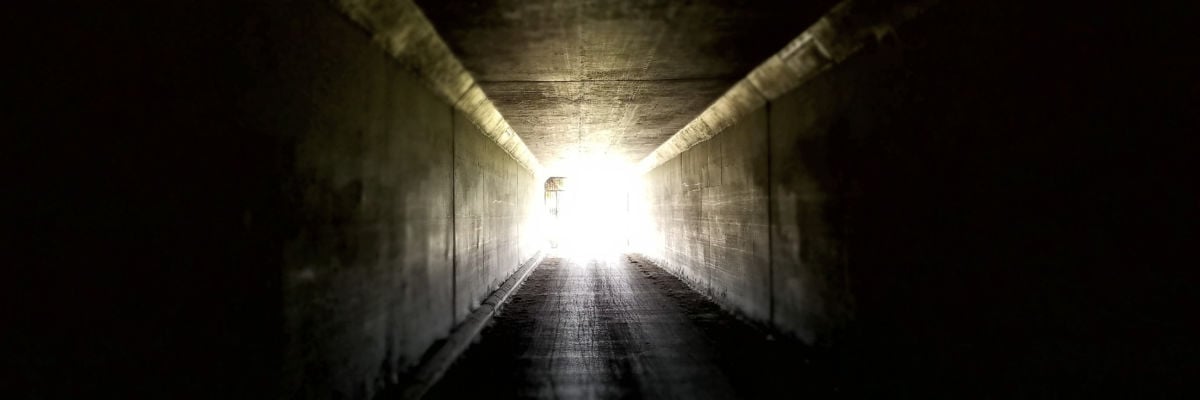
Homily for the Second Sunday of Lent, 2021
Jesus took Peter, John, and James
and went up the mountain to pray.
While he was praying his face changed in appearance
and his clothing became dazzling white.
And behold, two men were conversing with him, Moses and Elijah,
who appeared in glory and spoke of his exodus
that he was going to accomplish in Jerusalem.
Peter and his companions had been overcome by sleep,
but becoming fully awake,
they saw his glory and the two men standing with him.
As they were about to part from him, Peter said to Jesus,
“Master, it is good that we are here;
let us make three tents,
one for you, one for Moses, and one for Elijah.”
But he did not know what he was saying.
While he was still speaking,
a cloud came and cast a shadow over them,
and they became frightened when they entered the cloud.
Then from the cloud came a voice that said,
“This is my chosen Son; listen to him.”
After the voice had spoken, Jesus was found alone.
They fell silent and did not at that time
tell anyone what they had seen.-Luke 9:28b-36
Are you afraid of the dark? Or are you afraid of the light? What if they are somehow the same thing?
I remember, in far-off 1985, when a French abbot drove me and a confrere from his abbey in Provence to Rome. We had to go through quite a few tunnels that the autostrada followed inside and under the mountains. Each time we entered a tunnel—at breakneck speed—there was a second of complete darkness. If a car had stopped in front of us, or even slowed down, or had there been a traffic backup, we would have crashed at full speed. There was no way to see, since there was no time for the eyes to adjust.
The mitred driver did not seem to have a worry about this as I cringed in the back seat, next to another French priest who was as calm as if he had worked in a previous life riding shotgun in the Grand Prix de France. This terror was repeated on the opposite end of the tunnel because of the position of the sun that day: each entry into the light was more blinding than the entry into the darkness of the tunnel gallery. One thing was clear—I was meditating that day on how one can be blinded by the light as by the darkness.
In fact, this is not quite true. Our eyes are naturally suited to adjust themselves to whatever light is available, so that even if the light present be only a single tiny photon, it registers in our pupils. The period of adjustment is to let our eyes see according to the light that is available now, not according the impression of the light in which we have just been seeing. Our eyes are made to seek out the light in the darkness. When there is little light, we are not blind; rather we can only see what the little light present can illuminate. But we are always seeing.
When there is an excess of light, though, our eyes are not at all as well suited to adjust as they are in the dark. They may adjust a little, but in a glaring light our eyes really cannot see. We are “blinded by the light.”
This is the fright of the apostles when they entered the cloud that was, according to the Fathers, a nubes lucida, “a shining cloud.”
When our tradition speaks of the darkness in prayer, in the life of faith, and in the discernment of God’s will and providence, it is of this that it speaks: the unknowing caused by an excess of light. The truths of faith are too bright, too understandable in themselves, for the feeble eyes of our mind to see them. This is a consolation. It means that what we are tending toward in the world to come has already begun and is very great indeed.
But for the most part, this passage teaches us what we must do when we are overtaken by this excess of light: wait, for soon we will find only Jesus, and we will listen to him as the Father’s beloved Son.
Our life of prayer is rarely built of extraordinary experiences. It consists of listening to God’s word and looking upon Jesus in the visible and not blinding form he gives to us: as a babe in the arms of Mary, on the cross, and beneath the visible veils of the sacrament of his body.
Let us continue then our Lent with these thoughts in quiet and expectation of the great mysteries to be accomplished in the Church at this holy time.



